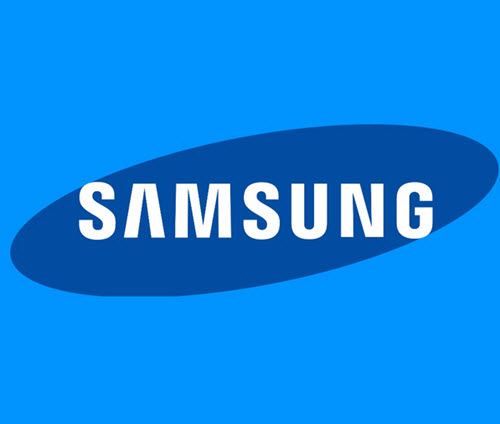Samsung Electronics has launced an improved version of its mid-power LED package, the popular LM301M for horticulture. The improved version will give your plants 3.10 micromoles per joule (μmol/J), which is the highest rating among today’s mid-power white LED packages.
The higher photon efficacy allows for smaller and lighter lamp set ups for hydroponics and can reduce the overall electricity costs for the system. A lower energy consumption is naturally also a good thing from an environmental perspective.
“This breakthrough in photon efficacy will go a long way in helping indoor farm owners to maximize plant growth and quality, as well as their profits,” said Un Soo Kim, senior vice president of LED Business Team at Samsung Electronics. “We are committed to continue innovating white LED solutions optimized for healthier plant production as we solidify our leadership in the horticulture lighting industry.”

Improvements
The chip’s light-emitting layer in the new LM301H has been optimized to convert electrical energy into photons with greater efficiency. The engineers at Samsung have also adjusted the structure of the chip to minimize light loss. Combined, these changes result in more light for your indoor plants.
Increased durability
The new LM301H features an advanced flip-chip design, so there is no need for wire bonding.
This translates into extended performance and reliability. Samsung has also placed protective titanium dioxide around the chip, to make the package durable even when expososed to destructive agricultural chemicals.
Broad light spectrum
The white LM301H package emits a broad spectrum of light, from blue and green to red. This is beneficial for the plants and decreases the risk of certain health issues in them.
Specifications for LM301H
- Mid-power (25℃, 65mA, 5000K, CRI80)
- Size: 3.0 mm x 3.0 mm
- Photosynthetic photon flux (PPF): 0.56 μmol/s
- Photon efficacy (PE): 3.10 μmol/J
The PPF value indicates the total amount of photons in the photosynthetically active radiation (PAR) range, as measured in micromoles per second (μmol/s). The PAR range is a spectral range between 400 and 700nm that can improve plant photosynthesis.
